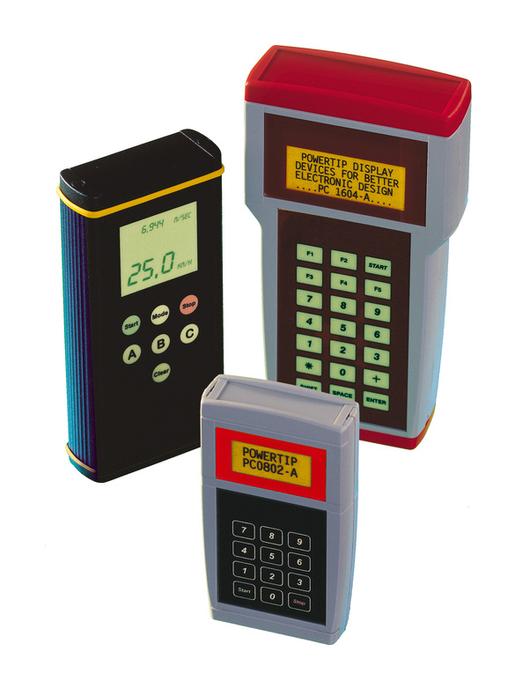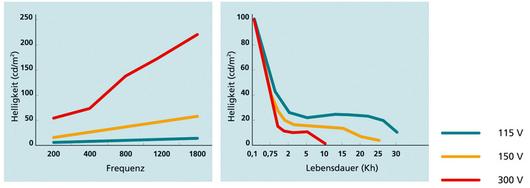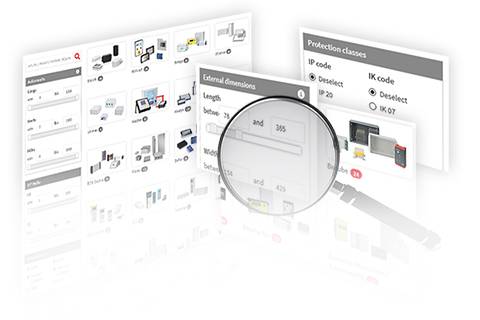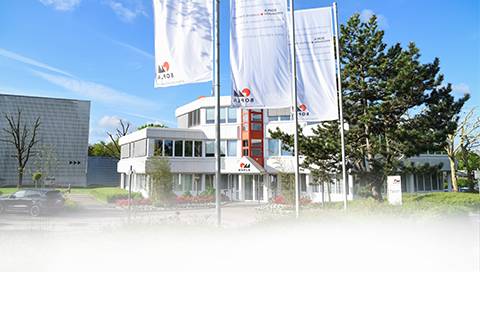Electro-luminescence membranes
The use of EL membranes in the field of membrane keypads offers designers many advantages. The benefits include low power consumption, low mechanical fitting height, and mechanical flexibility.
The homogeneous light distribution of the background lighting is a further advantage. The electro-luminescent phosphor particles are distributed evenly on the surfaces of the membranes. By contrast, light sources such as LEDs or bulbs are points of light.
EL membranes emit homogeneous light over the entire surface. Thanks to their high degree of efficiency, EL membranes are characterized by very low power consumption. Replacing bulbs or LEDs with EL membranes reduces power consumption by more than 50%.
Little energy is lost in the form of heat. Normally, EL membranes are less than 0.3 mm thick. This offers an advantage in comparison with sources of points of light, which require a 2 to 3 mm thick light guide in order to achieve a similarly homogeneous level of light distribution.
As the EL membrane is normally manufactured using the silk screen printing process, it is possible to produce almost any drawing or graphic as an EL membrane. The only restriction in terms of design is the flat shape of the membrane.
The surface can also be illuminated selectively. If required, any section of the membrane can be lit separately. The brightness or level of illumination of a membrane is the main factor which determines the operating conditions. EL membranes require an AC signal for operation. Increased membrane brightness is achieved by means of higher voltages or frequencies respectively. In order to determine the initial brightness, it is first necessary to establish the required lower level of both the brightness and the operating life.
The operating life of the EL membranes is extremely dependent on the level of brightness. In use, the membranes gradually lose brightness. The industrial standard for the operating life of EL membranes is defined as the amount of time which expires before half of the initial brightness is lost. Membranes with a high initial level of brightness can reach the 50% level after only 500 hours. Membranes which have a low initial level of brightness can achieve an operating life of over 5000 hours. The type of AC signal used can also affect the operating life.
Increasing the voltage increases the brightness. The best method of increasing the brightness of the EL membrane is to increase the voltage instead of the frequency. The choice of colours used for the membrane is also important. The most common colours are green, blue-green and white. Green and blue-green are the natural colours emitted by phosphorus, which means that they are the most effective. White is not a broadband colour, and is approximately 20% darker than a comparable green membrane. Changing the frequency can change the colour: a higher frequency moves the colour towards blue, and a low frequency moves it towards green.







